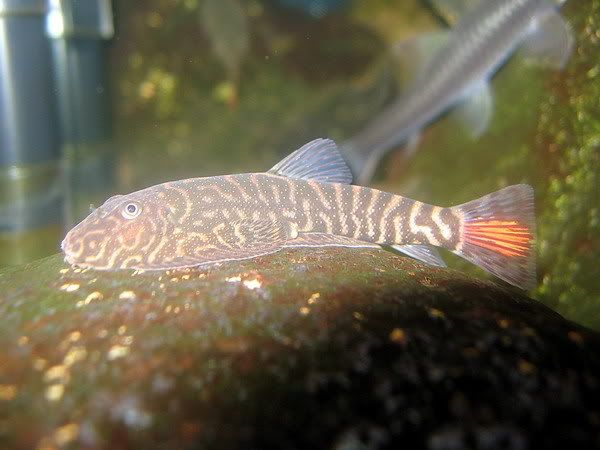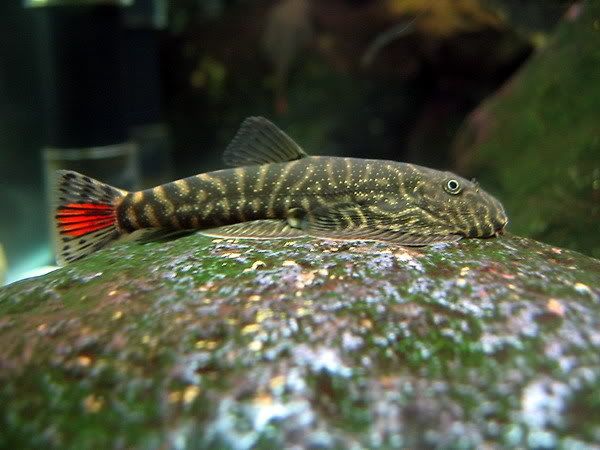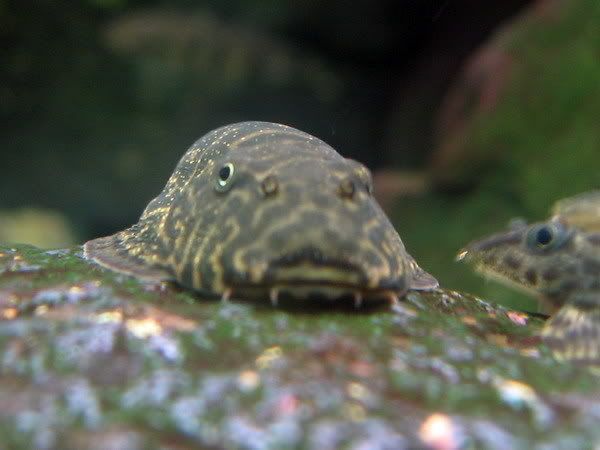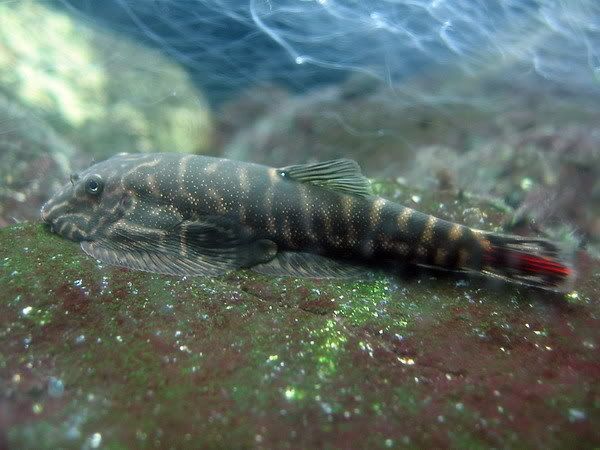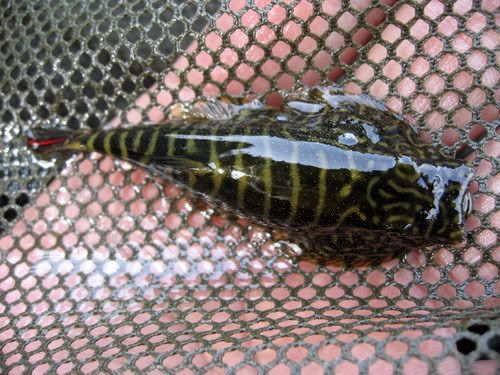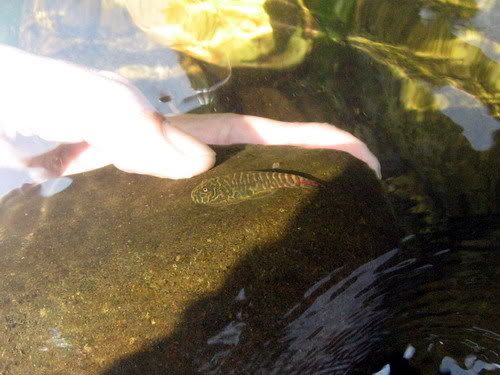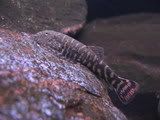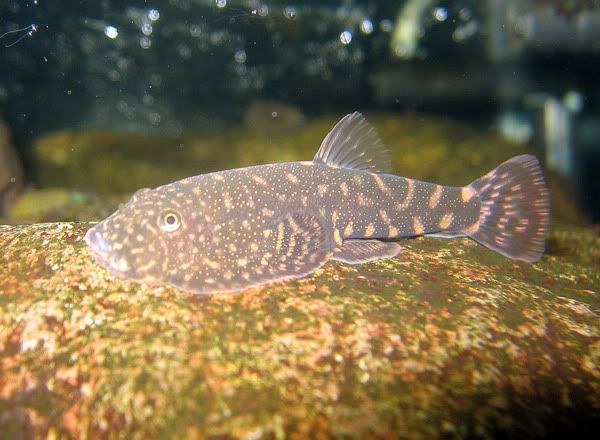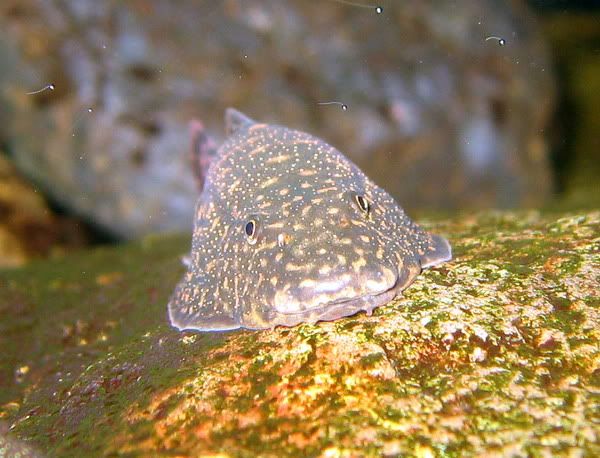Same again for SK04 Hendra. I've changed some of your words to be more easily understood by English speaker/readers. Please make sure I have not misinterpreted your meanings. Anything that needs changing, or something to add, just let me know.
Scientific Name: Gastromyzon unknown04
AKA
Gastromyzon species SK04
Common name: Hillstream loach
Synonyms: May possibly be a local variety of
Gastromyzon psiloetron, known from East Kalimantan
Distribution: South Kalimantan, Indonesia
Sexual Dimorphism: Females probably plumper all over than males.
Maximum size: 2 inches + (5 cm +)
Similar to: Other
Gastromyzon species.
Care: Inhabit fast flowing streams over sand, gravel and rocks. Aquarium must duplicate these conditions as fish have very high oxygen requirements.
See: Hillstream Loaches: Specialists at Life in the Fast Lane for more detailed explanation.
With all
Gastromyzon species, care is broadly the same. All need excellent water-flow and aeration, numerous rocky hiding places and smooth pebbles and boulders to graze over. Lighting should be bright to encourage algal growth in the aquarium. Plants are not necessary as the fish do not normally encounter them in the wild, but they will help with water-quality. Suitable plants for high-flow environments are
Anubias and
Microsoreum. These will grow on rockwork or driftwood.
Feeding: Good quality flake, sinking pellets, algae wafers, thawed frozen Bloodworm, Mysis Shrimp, blanched Spinach, Kale, natural algae an advantage.
Water parameters: pH:7.0-8.0 Hardness: Medium Max dh: 12
Temperature: 75.2ºF to 82ºF(24-27.7°C)
Breeding: Not bred in aquaria.
Notes: This fish was collected by Hendra Budianto in the wild and designated SK04 for reference purposes. It is tentatively termed
Gastromyzon sp. cf. psiloetron (SK04).
The habitat was a hillstream about 8-12 M wide, up to about 80 cm deep.
The water was very clear and the current strong.
Temp. 26 C, pH 7.8, TDS 054 ppm.
Substrate of sand mixed with gravel and rocks.
This species can change its color in minute from pale light brown to deep black in large specimens, meanwhile the small specimens tend to be just light brown color. The adults have more intense yellowish color in the dorsal and caudal fin and light brown top and bottom ray of caudal fin.
Local people inform Hendra that the black suckers can grow quite big and larger than “SK02”, the people also wonder if the black suckers are female, while “SK02” are the males, they think like that because the black (big and mature specimens of “SK04”) always appear to be carrying eggs.
The local name for the fish is “Katetipal” (sometimes they also call “tetipal”), which means (more or less) sticky.

Caption:
Gastromyzon unknown04
Credit: Hendra Budianto
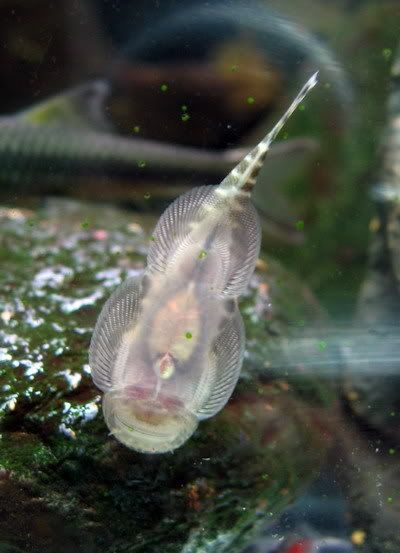
Caption:
Gastromyzon unknown04
Credit: Hendra Budianto
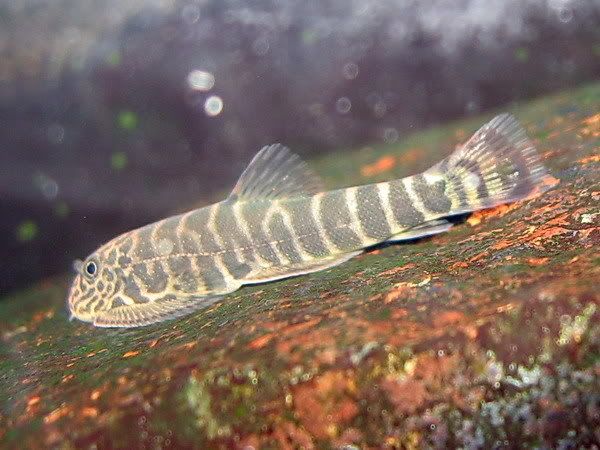
Caption:
Gastromyzon unknown04. Small juvenile.
Credit: Hendra Budianto
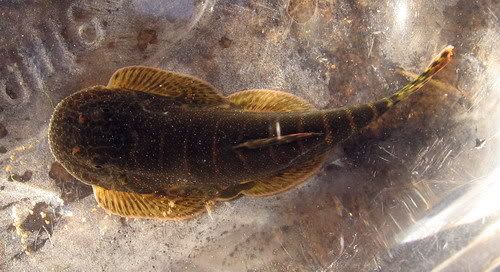
Caption:
Gastromyzon unknown04
Credit: Hendra Budianto
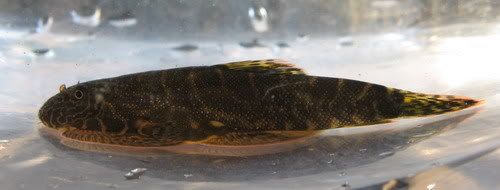
Caption:
Gastromyzon unknown04
Credit: Hendra Budianto
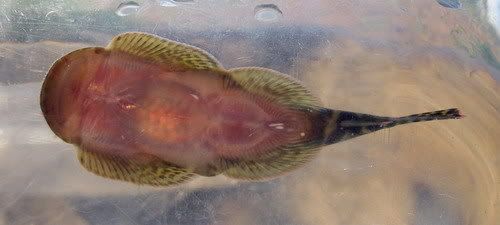
Caption:
Gastromyzon unknown04
Credit: Hendra Budianto
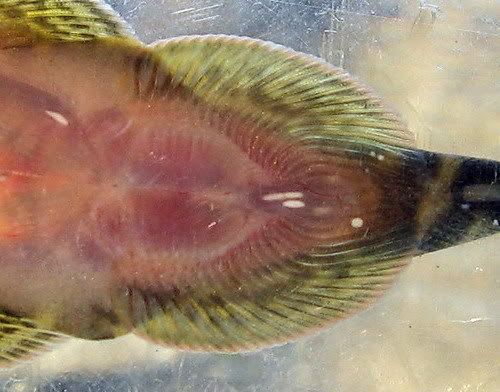
Caption:
Gastromyzon unknown04
Credit: Hendra Budianto
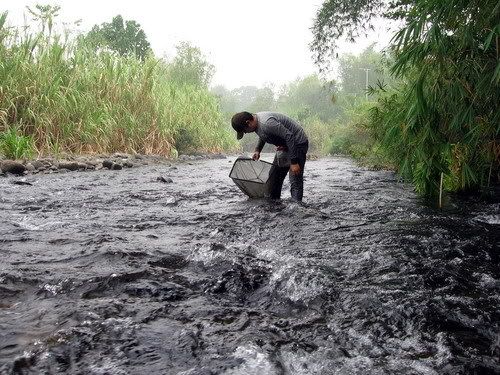
Caption:
Gastromyzon unknown04, natural habitat. Note visibly fast current
Credit: Hendra Budianto

